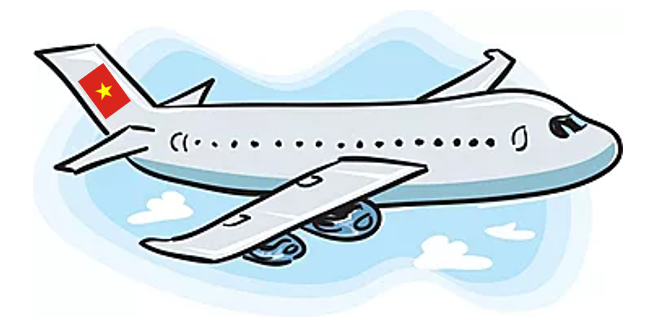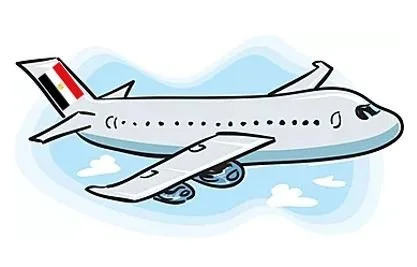A global perspectives series: Fundraising and Communications in Turkey
Dear Diary,
We are traveling to Turkey! The Republic of Turkey (as it is also known) is a neighbor to Iran, Armenia, Georgia, Iraq, and Syria, with the Black Sea to the North and the Mediterranean Sea to the South. I am grateful to Asli Arslan, a Communications and Fundraising expert in Turkey for sharing a wealth of knowledge on the culture of fundraising and communications in Turkey with the world. If you are interested in connecting, Asli can be found on LinkedIn, and you can learn more about her organization Support to Life, which is one of Turkey’s leading independent humanitarian aid organizations working with international standards.
Thank you, Asli.
Question: Can you describe fundraising in Turkey to us? And what should people around the world truly know is important about Turkish donors?
Asli: In Turkey, the donation culture is nourished by both social solidarity and religious principles. While Islam may seem predominant among the religious principles, Turkey is actually a geography where the donation culture of various religions contributes. Without going too far back in history, one could say that donations played a significant role in social services through foundations and charitable institutions in the Ottoman Empire, and in modern Turkey, this legacy has become more systematic. However, it is still in a state of development.
The actors in the donation ecosystem in Turkey are both individual and corporate. Companies actively participate in areas such as corporate social responsibility projects, education scholarships, health aid, and disaster relief. There is a need for more focused donations, especially social projects, with an innovative perspective that measures impact.
Trust in institutions, I believe, is critical to the donation ecosystem worldwide, and it also impacts donation practices here. Transparency and accountability in the organization receiving donations are prerequisites for building trust. If you care about establishing long-term relationships with your donors, you must consistently communicate about your finances and impact, sharing your reports. It’s crucial to openly share how every penny is spent and what it achieves.
In Turkey, donations are also inspired by volunteer experiences. A positive volunteer experience makes it more likely for regular individual or corporate donations to follow. For donors, experiencing and feeling the cause remains valuable.
The most recent data from 2021 indicates that almost half of Turkish citizens provided informal financial aid to relatives, neighbors, or people they personally saw in need throughout the year.
The majority of donors prefer to give directly rather than through an institution. Thanks to the development efforts mentioned earlier, the rate of donations made through institutions is increasing, but it’s still only at 22%. The good news is that this growth is fueled by the trust in civil society.
Regular support is hard to secure, perhaps due to the unstable economy affecting both individual and corporate budgets. On the other hand, there is a perception that donations made to institutions must be large, whereas small, consistent donations can indeed add up over time. Consistency, regular donations, can make many things easier. Currently, the rate of regular donations stands at only 13-15%. While society shows strong solidarity during times of disaster, we have yet to see this reflected in statistics showing a shift to regular donations.
Question: You work in Communications and Fundraising. Can you describe how the two work together, and how they are different?
Asli: İt’s quite simple; just as air and water are vital to a living being, communication is equally crucial and indispensable for resource development activities. You need donations, funds, and grants to solve a problem. If you can’t inform anyone about this problem, convey the solution, or generate action, your hands are tied, and your existence becomes meaningless. However, effective communication not only raises awareness in society but also plays a key role in building trust. Transparency, accountability, and regular updates foster trust among donors.
Trust, in turn, becomes the main motivation for making regular donations. The resources generated then liberate you and enable more effective intervention in addressing problems. In the humanitarian field I work in, communication is even more critical, and indeed, “communication is aid.” In humanitarian aid, communication is key to alleviating suffering, supporting people’s recovery, helping them make informed decisions, and fostering solidarity. On the other hand, communication enables us to approach our work not through conventional or rote methods, but with clearer insights and innovative practices. It helps us identify the target audience for resource development campaigns and think strategically about how to reach them. Communication is two-way; it ensures that you both hear and are heard. Communication efforts offer great tools for keeping up with the motivations of each donor group, ensuring you don’t fall behind the times.
Question: If someone was starting a Fundraising and Communications position tomorrow, anywhere in the world, what three key pieces of advice would you give to them?
Asli: Focus on the subject or issue that needs donations, and make your donor the center of attention. Consider how to build trust. Analyze your data and create your strategy. These would be the main points I would suggest. The first step for communication and resource development is to thoroughly understand your target audience. By “target audience” I mean not only your donors but sometimes the communities in need or even the issue at hand. If you don’t uncover your target audience’s interests, needs, and motivations for donating, or if you don’t understand the root cause of the problem, you may find yourself stuck in a cycle. However, if you understand why they are interested in topics such as social justice, climate, humanitarian aid, or global issues, it becomes easier to connect with them, frame your messages effectively, and create donation motivation.
As in any relationship, trust is key here. You are probably a donor yourself. Wouldn’t it be much easier to trust if you had honest and transparent information about how your support is being used and the impact it’s creating; If you were regularly updated on progress, and even informed of the challenges when things don’t go as planned?
Data is there to measure the effectiveness of campaigns, donor behavior, and communication strategies. It should be used to understand what works and what doesn’t, and to make fine adjustments. Being able to interpret and make sense of data is an essential part of our era, you can’t ignore it while doing your job.
---
What incredible statements shared by Asli! Thank you, Asli! Just a few quotes that I am holding onto, “For donors, experiencing and feeling the cause remains valuable” to “Transparency, accountability, and regular updates foster trust among donors” to “Being able to interpret and make sense of data is an essential part of our era, you can’t ignore it while doing your job.”
Diary readers, what stood out to you?
Until next time,
November 15th!





